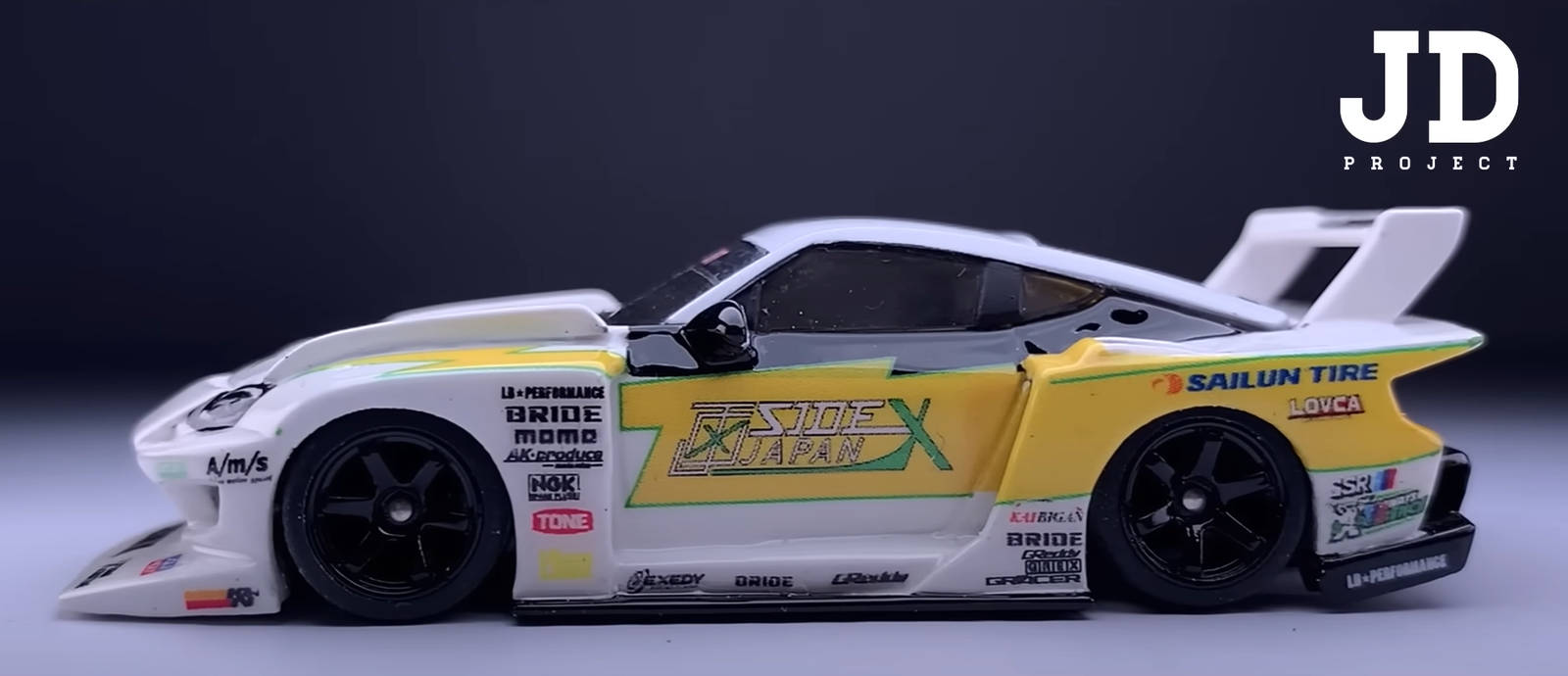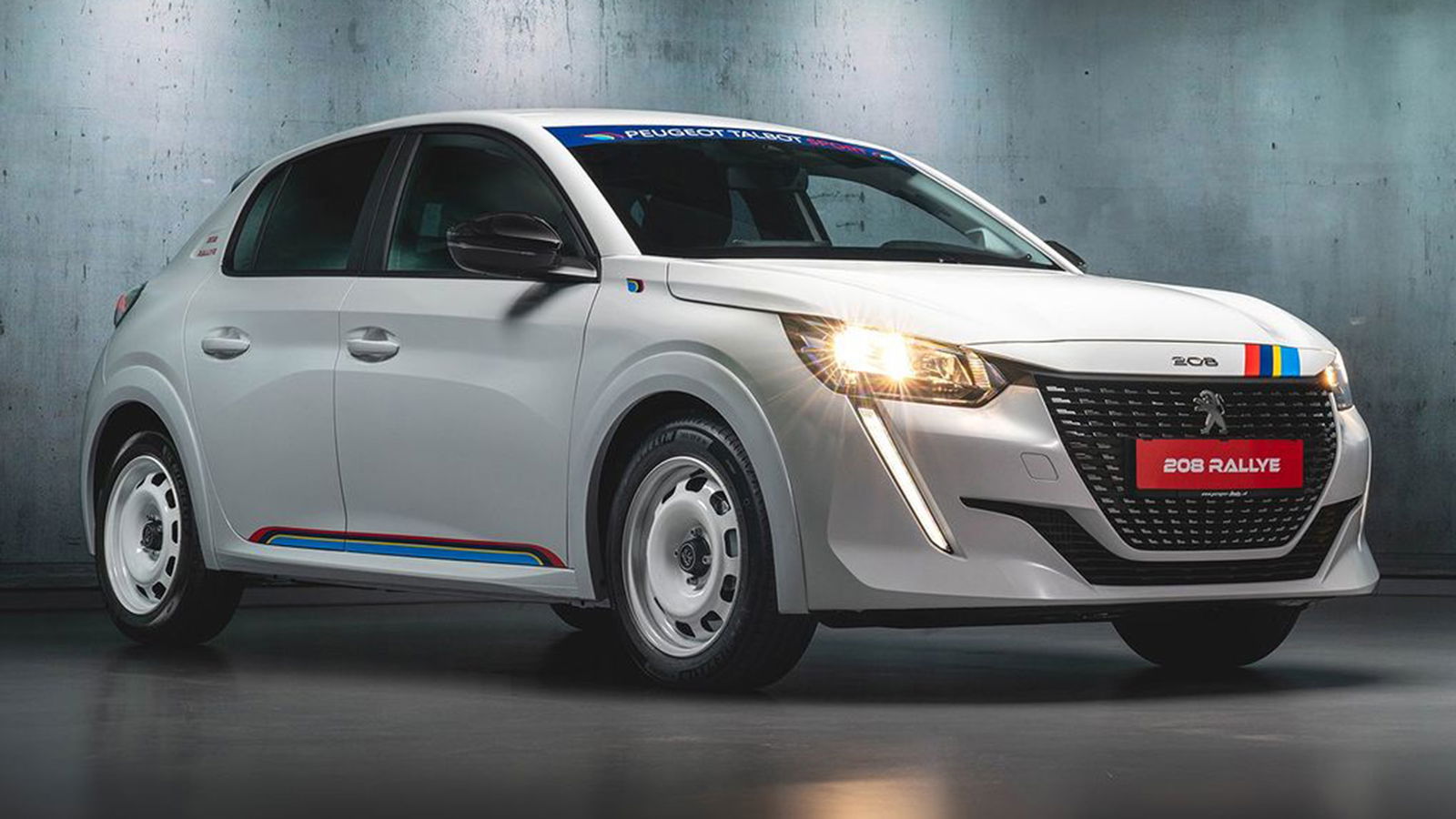The New 2024 Dacia Duster Is Here, And Hot Damn
.JPG?width=1600&aspect_ratio=16:9)
For anyone buying the current Dacia Duster, the value side of the equation does a lot of the heavy lifting. Now, though, there’s a new one, and you might well want one just by looking at the car itself, not the price list.
It looks very much like a shrunken version of the Bigster concept, complete with various Y-shaped motifs (have a look at those snazzy headlights), and that’s no bad thing at all. The new Duster brings with it a chunky, purposeful aesthetic, complete with unusual materials like the flecked ‘Starkle’ plastic used for the wheel arch cladding, which is 20 per cent recycled and 100 per cent recyclable at the end of its life.
.JPG?width=1600)
We had a look around the new Duster at a preview event, finding the interior to be a far more premium-feeling space than that of the old car. Granted, there are still a few cheaper feeling bits, but there’s a noticeable upturn in material quality and the style of the interior design, with further Y-shaped bits and pieces and deep ‘Duster’ lettering on a heavily sculpted panel on the passenger side of the dash that makes us think of a Ford Bronco.
There’s no chrome in the cabin, because that material is an environmental disaster. What you will find, though, are various ‘YouClip’ mounting points - three on Essential-trimmed Dusters, and five on models further up the range. This patented system lets you attach things like extra cupholders or phone mounts, and after the initial batch of eight different accessories, it sounds like Dacia has more planned.
.jpg?width=1600)
On infotainment duties is a 10.1-inch touchscreen which is easy to operate and more than responsive enough considering the new Duster’s projected price. There’s also a seven-inch, customisable digital cockpit. At the other end of the car, you’ll find a 472-litre boot, an increase of a mere six per cent compared to the old one.
Underpinning all this is Renault’s CMF-B platform, which means there’s a familiar batch of engines on offer. There’s a 98bhp TCe 100 Bi-Fuel, which uses a 98bhp 1.0-litre three-cylinder engine that can run on either petrol or LPG. There’s a 50-litre tank for each, making for a theoretical range of over 800 miles. Then, there’s the TCe 130, which features a 1.2-litre three-pot mild-hybrid powertrain making 128bhp. It’s available with a four-wheel drive system.
.JPG?width=1600)
Finally, there’s the Hybrid 140, which blends a naturally aspirated 1.6-litre inline-four petrol with a couple of motors - one big one, and one small starter-motor generator. All told the setup provides 138bhp and, Dacia claims, up to 80 per cent electric-only running in urban settings.
UK pricing is yet to be revealed, but we do know that the range will start at under €20,000 in Continental Europe, so it’ll still be plenty affordable. The range starts with the Essential, which includes a more basic ‘media control’ infotainment setup, six airbags and rear parking sensors. Expression ticks most of the major boxes, adding the new digital dash and infotainment system, along with Android Auto/Apple CarPlay connectivity and a reversing camera.
.JPG?width=1600)
Extreme and Journey will be priced around the same, giving two range-topping options. Extreme, aimed at outdoorsy types, includes washable seat fabrics, rubber floor mats, automatic air conditioning, electric mirrors, keyless ignition and copper accents. Journey meanwhile has bigger alloy wheels, front fog lights, a six-speaker 3D auto setup and a wireless phone charging pad.



Comments